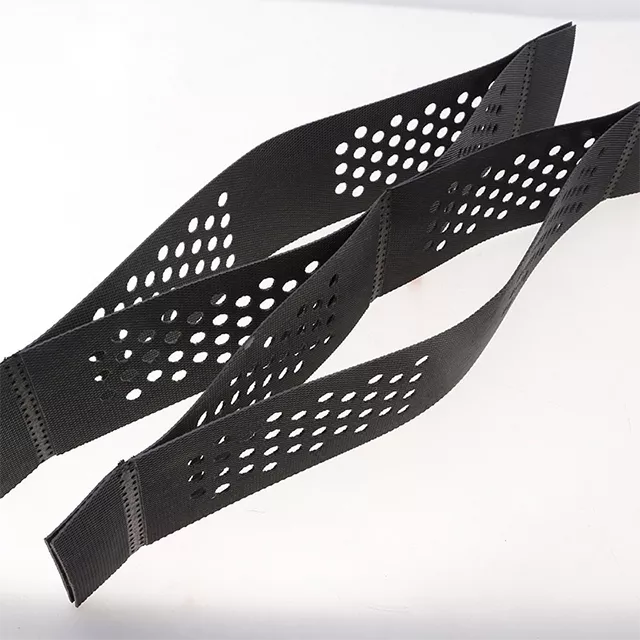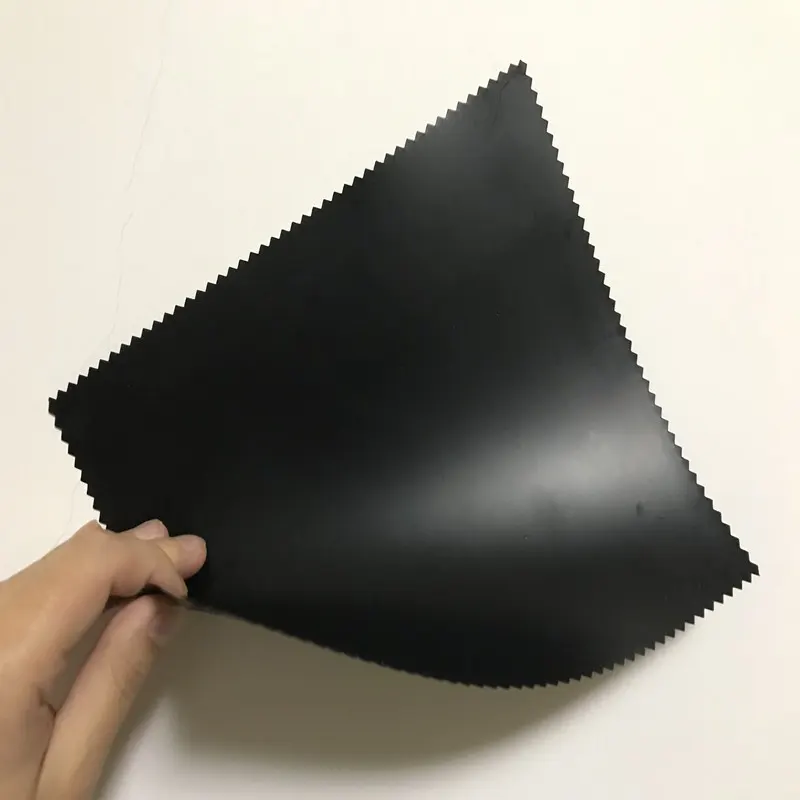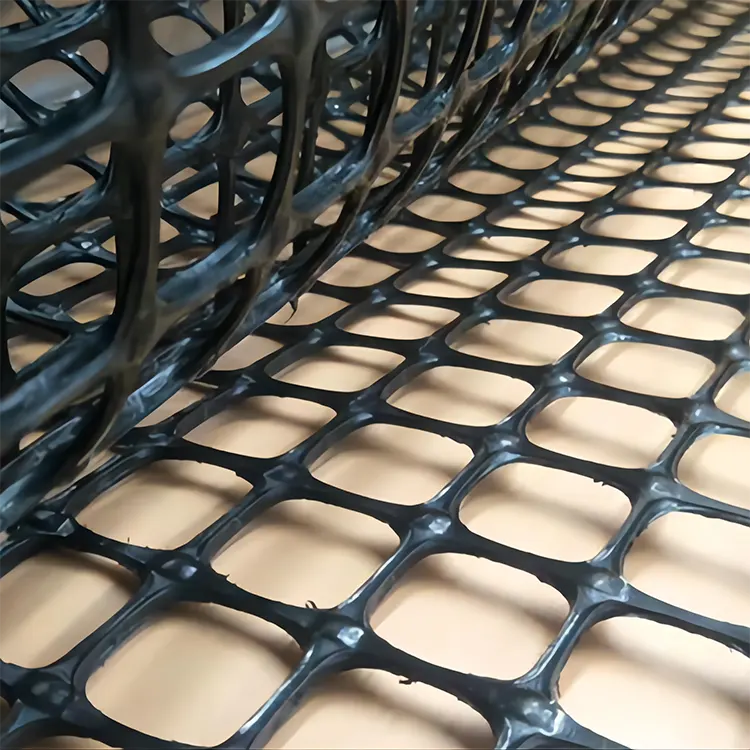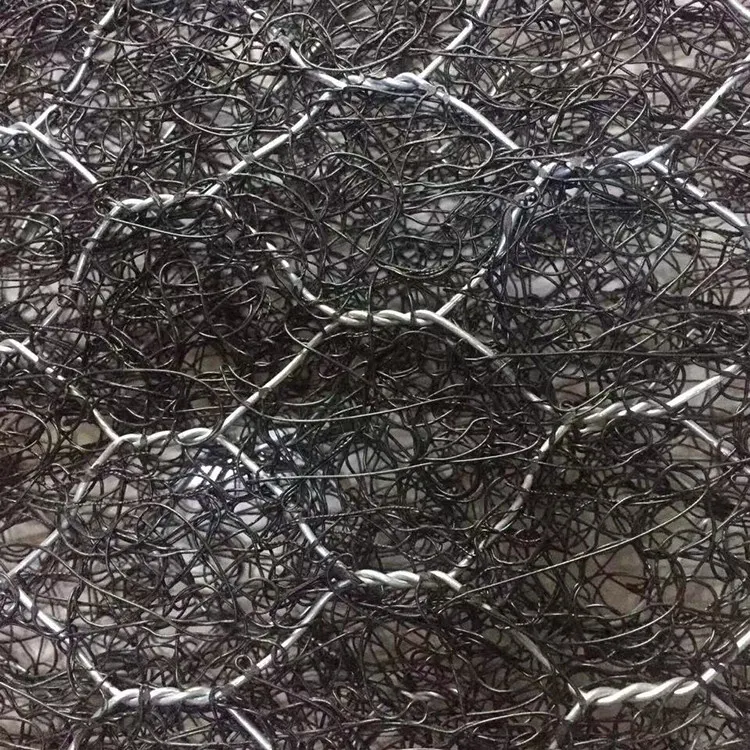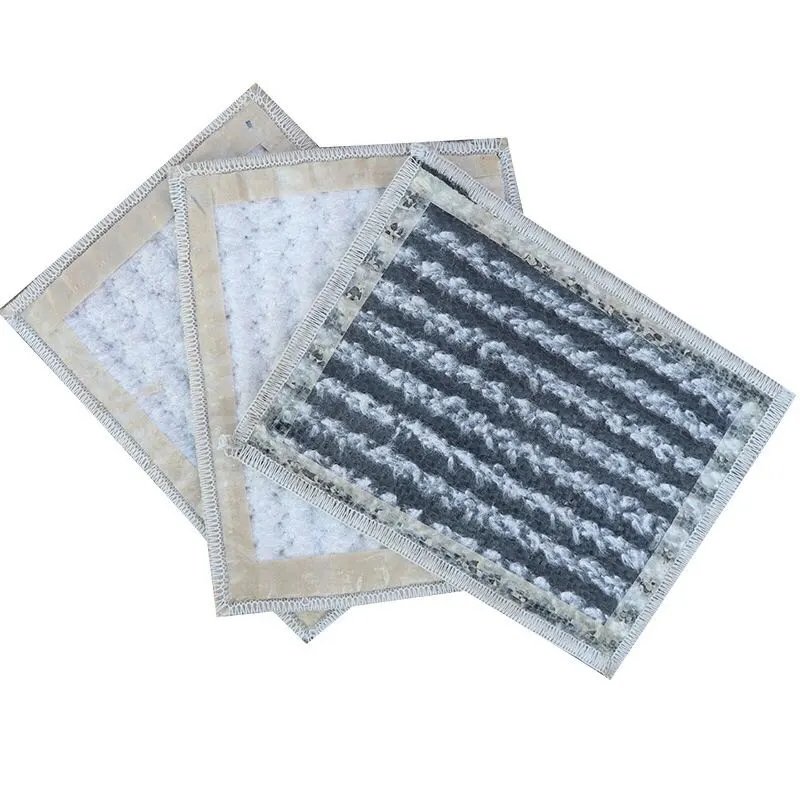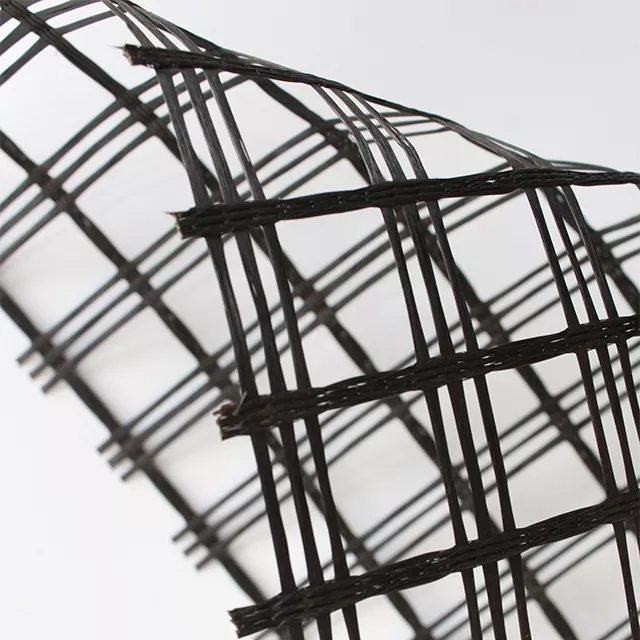- Description
Biaxial plastic geogrid is a mesh material made from a polymer (typically polypropylene (PP) or high-density polyethylene (HDPE)) through a specialized extrusion process, precision punching, and simultaneous longitudinal and transverse stretching. Due to the high-intensity stretching in both the longitudinal and transverse directions during its manufacturing process, the polymer molecules are highly oriented in the stretching direction, resulting in extremely high tensile strength and low elongation in that direction.
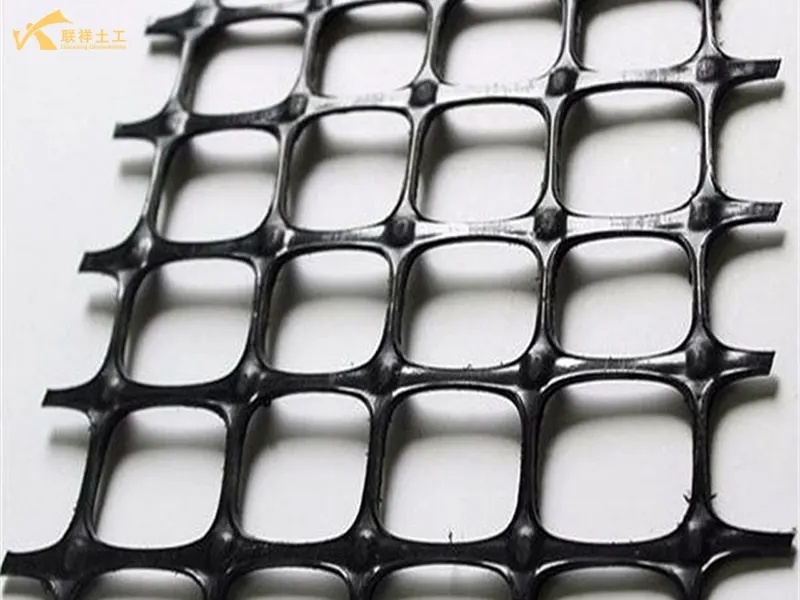

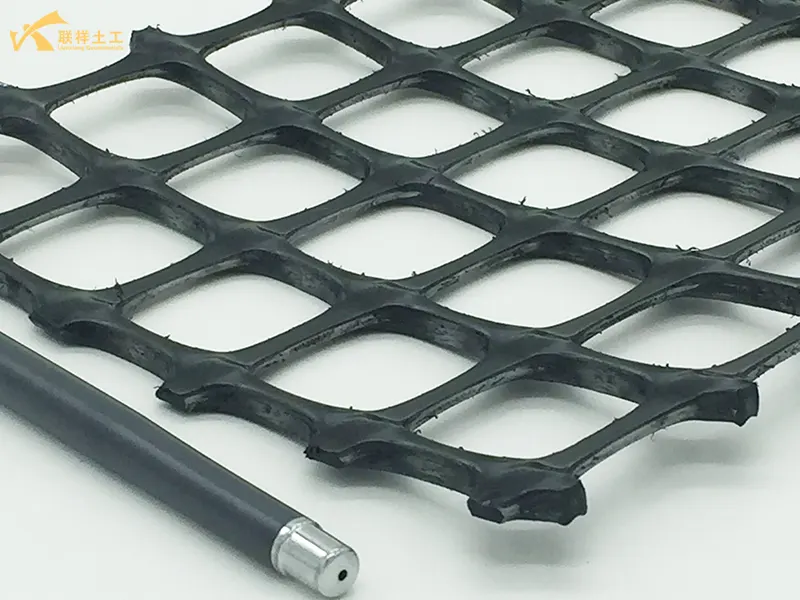
Main Features
- 1. High Strength and Low Creep: After directional stretching, its tensile strength is significantly higher than that of unstretched raw materials. Furthermore, the polymer exhibits excellent creep resistance in the oriented state, maintaining its strength over time and making it suitable for permanent structures.
- 2. Bidirectional Load-Bearing: As the name suggests, it possesses high tensile strength in both the longitudinal and transverse directions, evenly distributing loads from different directions and effectively improving the load-bearing properties of the soil.
- 3. Mesh Structure: The unique mesh structure creates a strong interlocking and interlocking effect with the soil and rock mass, significantly limiting lateral displacement, thereby improving the soil's overall stability and bearing capacity.
- 4. Corrosion Resistance and Long Life: Excellent chemical stability, it resists corrosion from common acids, alkalis, and salts found in soil, and is resistant to microbial attack, resulting in a long service life.
- 5. Lightweight and Easy Construction: The lightweight material makes roll packaging, transportation, and installation very simple, significantly improving construction efficiency and reducing labor costs.

Working Principle (Reinforcement Mechanism)
The primary function of biaxial plastic geogrid is reinforcement. Its core principle is:
- Friction and Interlocking: When the geogrid is laid in the soil, its mesh interlocks and interlocks with the surrounding soil and rock.
- Tension Membrane Effect: Under load, the grid deforms and stretches, generating tensile stress. Due to friction between the grid and the soil, this tensile force in turn restrains lateral deformation and displacement of the soil.
- Load Redistribution: The geogrid distributes the applied concentrated load more evenly over a larger area of the soil, reducing compressive stress in the base layer and thereby minimizing differential settlement.
Simply put, it's like embedding a "reinforcement mesh" within the soil, connecting the loose soil into a single, stable composite structure.

Main Application Areas
Biaxial plastic geogrid is widely used in various projects requiring improved soil stability and bearing capacity:
- 1. Highway and railway subgrade reinforcement: Used for soft soil foundation treatment, embankment reinforcement, preventing subgrade cracks, and reducing differential settlement.
- 2. Embankment and slope reinforcement: Enhances embankment stability, prevents landslides, and is used in the construction of reinforced earth retaining walls.
- 3. Foundation treatment for airports, parking lots, and ports: Improves the stability of large-scale bearing foundations and prevents ground cracking and settlement.
- 4. Landfills: Commonly used in landfill base and capping systems to enhance slope stability, often used in conjunction with geomembranes.
- 5. Other: Sites requiring soil reinforcement, such as sports fields, freight yards, forestry farms, and agricultural applications.
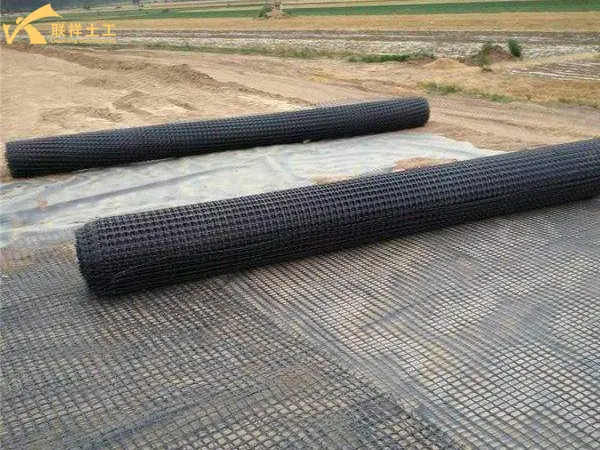
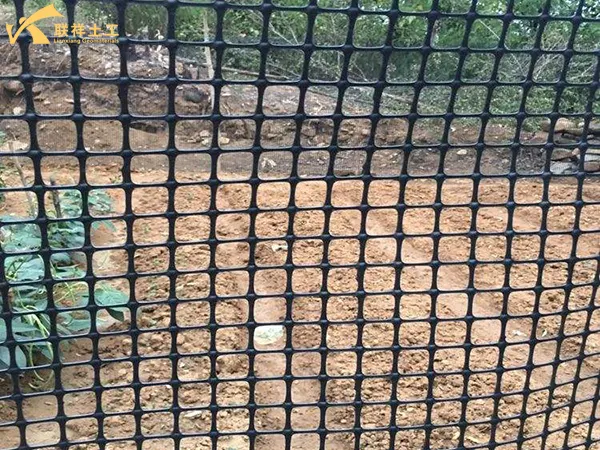
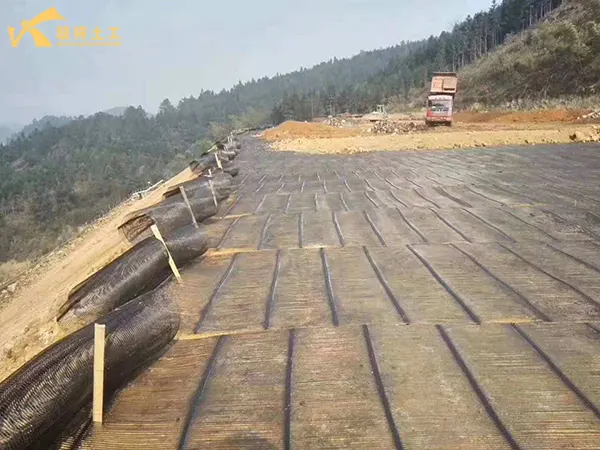
Differences from Uniaxial Plastic Geogrid
This is a common question. The main differences are:
| Features | Biaxial Plastic Geogrid | Uniaxial Plastic Geogrid |
| Direction of Load | High strength in both longitudinal and transverse directions | High strength in only one direction (usually the longitudinal direction) |
| Appearance | Grid is approximately square | Grid is rectangular or rectangular |
| Main Function | Distributes loads, provides comprehensive reinforcement, and prevents settlement | Withstands high-strength tensile forces in a single direction and resists slippage |
| Typical Applications | Area-bearing projects such as roadbeds, foundations, and parking lots | Projects requiring high-strength, one-way tensile forces, such as steep slopes, reinforced earth retaining walls, and landslide control |
Specification
| dex Properties | Test Method | Unit | GG1515 | GG2020 | GG2525 | GG3030 | GG4040 | GG4545 | GG5050G | |||||||||
| MD Value | TD Value | MD Value | TD Value | MD Value | TD Value | MD Value | TD Value | MD Value | TD Value | MD Value | TD Value | MD Value | TD Value | |||||
| Brand | Lianxiang | |||||||||||||||||
| Polymer | - | - | PP | - | PP | - | PP | - | PP | - | PP | - | PP | - | PP | - | ||
| Minimum Carbon Black | ASTM D 4218 | % | 2 | - | 2 | - | 2 | - | 2 | - | 2 | - | 2 | - | 2 | - | ||
| Tensile Strength @ 2% Strain | ASTM D 6637 | kN/m | 5 | 5 | 7 | 7 | 9 | 9 | 10.5 | 10.5 | 14 | 14 | 16 | 16 | 17.5 | 17.5 | ||
| Tensile Strength @ 5% Strain | ASTM D 6637 | kN/m | 10.5 | 10.5 | 14 | 14 | 17 | 17 | 21 | 21 | 28 | 28 | 32 | 32 | 35 | 35 | ||
| Ultimate Tensile Strength | ASTM D 6637 | kN/m | 15 | 15 | 20 | 20 | 25 | 25 | 30 | 30 | 40 | 40 | 45 | 45 | 50 | 50 | ||
| Strain @ Ultimate Strength | ASTM D 6637 | % | 13 | 13 | 13 | 13 | 13 | 13 | 13 | 13 | 13 | 13 | 13 | 13 | 13 | 13 | ||
| Structural Integrity | ||||||||||||||||||
| Junction Effciency | GRI GG2 | % | 93 | 93 | 93 | 93 | 93 | 93 | 93 | 93 | 93 | 93 | 93 | 93 | 93 | 93 | ||
| Flexural Rigidity | ASTM D 7748 | mg-cm | 250,000 | - | 750,000 | - | 1,000,000 | - | 2,000,000 | - | 4,800,000 | - | 6,000,000 | - | 8,000,000 | - | ||
| Aperture Stability | COE Method | m-N/deg | 0.32 | - | 0.50 | - | 0.65 | - | 0.75 | - | 0.98 | - | 1.05 | - | 1.10 | - | ||
| Dimensions | ||||||||||||||||||
| Roll Width | - | m | 3.95 or 5.95 | 3.95 | ||||||||||||||
| Roll Length | - | m | 75 | 50 | ||||||||||||||
| Note: MD = Machine Direction; TD = Transverse Direction. | ||||||||||||||||||
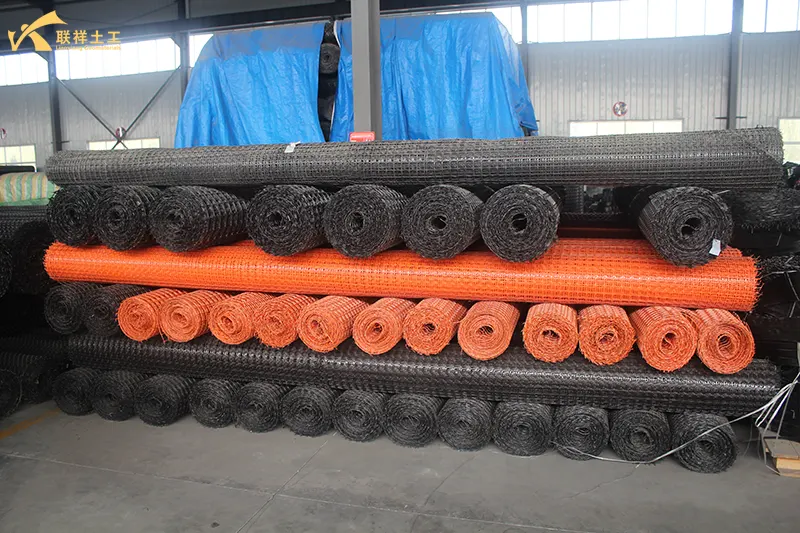

In summary, Biaxial plastic geogrid is a geosynthetic material with excellent performance. Through its high strength and bidirectional stress-bearing properties, it provides comprehensive support for the soil like a "skeleton" and is an indispensable and important material in modern civil engineering construction.
Contact
-
WhatsApp
-
E-MailE-Mail:admin@lianxiangcn.com
-
WeChatWeChat:18554180188


